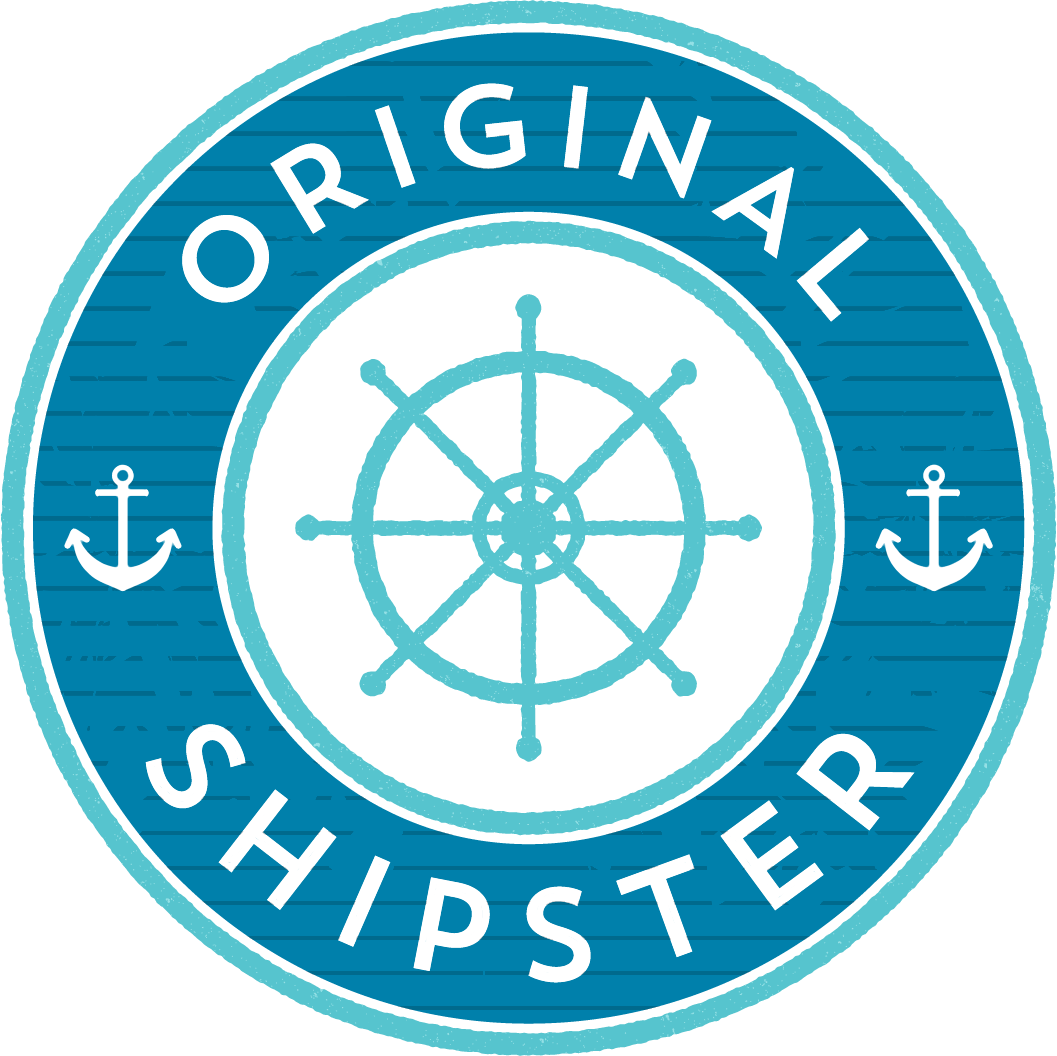Over the Waves: HMCS Cartier
Most ships that saw service during the First World War did not last to continue their career during the Second. These coal burning ships were most often times considered outdated and too expensive to refit as desiel/oil burners. There are, of course, a few exceptions. This week, we're looking at the story of the HMCS Cartier.
CGS Cartier. Image from TyneBuiltShips.co.uk
Nationality: Canadian
Length: 50 metres
Beam 8.8 metres
Weight: 556 tonnes
Draught: 4 metres
Complement: 60
Speed: 11 knots
Year: 1910
Constructed in the shipyards of Swan, Hunter & Wigham Richardson at Newcastle-upon-Tyne, the keel of the Canadian Government Ship (CGS) Cartier was laid down in 1908, with construction finishing in 1910. This Dominion-owned vessel operated primarily as a hydrographic survey vessel, charting waters such as the dangerous coasts of Newfoundland and Iceland. She was used throughout the East Coast of Canada by various countries under charter (such as the US, the UK, and France) to conduct soundings and chart areas of interest, in Marine Insurance investigations. Her design and equipment meant she was a highly sought after vessel.
At the outbreak of the First World War, the fledgling Royal Canadian Navy saw the usefulness of the CGS Cartier and acquired her as an auxiliary vessel from the government. They would be permitted to use her as a training vessel for their junior officers, but the cost of upkeep and maintaining the vessel would be absorbed by the government. From 1914-1918, sailors trained on the now armed Cartier and conducted coastal patrols. At the end of the war, the officers went back onto the commissioned Naval vessels, her guns were stripped, and she was a survey vessel once more.
Her return to civilian life did not mean it was a boring one. CGS Cartier was outfitted with some of the best sounding and surveying equipment, which meant she was incredibly useful in charting areas with a high level of detail. This work made her valuable to anti-smuggling initiatives, as she was able to help authorities identify areas that would be particularly appealing for smugglers.
When the Second World War broke out, the CGS Cartier was formally commissioned as the HMCS Cartier (Z20), with the Navy taking over her operations and maintenance. With guns affixed to her decks once more, the Cartier operated as an armed patrol and training vessel for the second time. Her surveying equipment and RADAR systems meant her crews could receive special training in Advanced Navigation and Naval Mine Avoidance.
HMCS Charny. Image from wrecksite.eu.
In 1941, the HMCS Cartier was renamed HMCS Charny (Z26) to avoid confusion with the newly established Naval Reserve base in Montreal, the NCSM Cartier. As the Charny, the ship received to Mentioned in Despatches for her crews work in RADAR research and training, once as a target and again as a tracking vessel.
When she was finally paid off in December 1945 the ship was considered surplus and retired. In 1957, after being declared a derelict, she was scuttled off the coast of Sydney, Nova Scotia.
